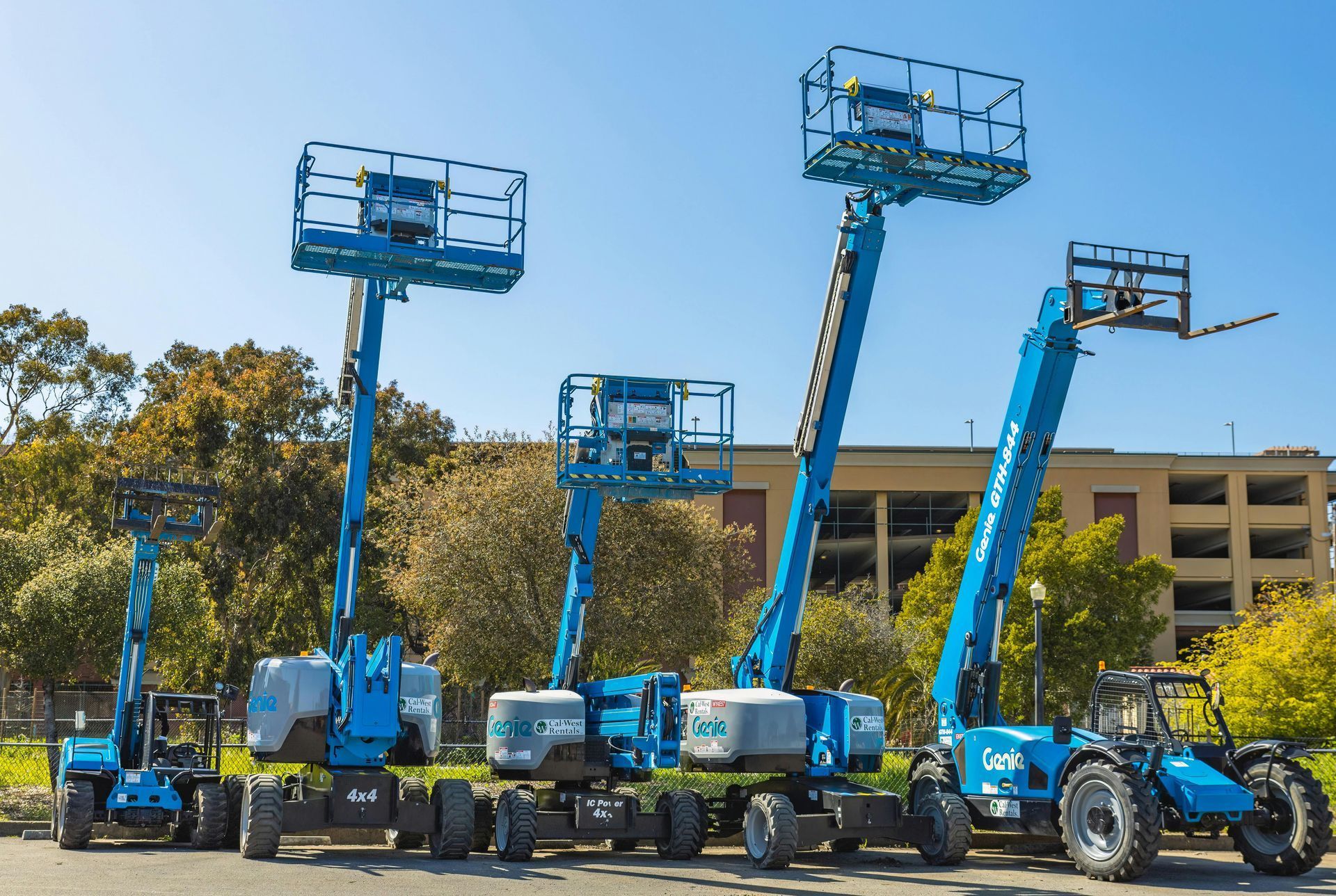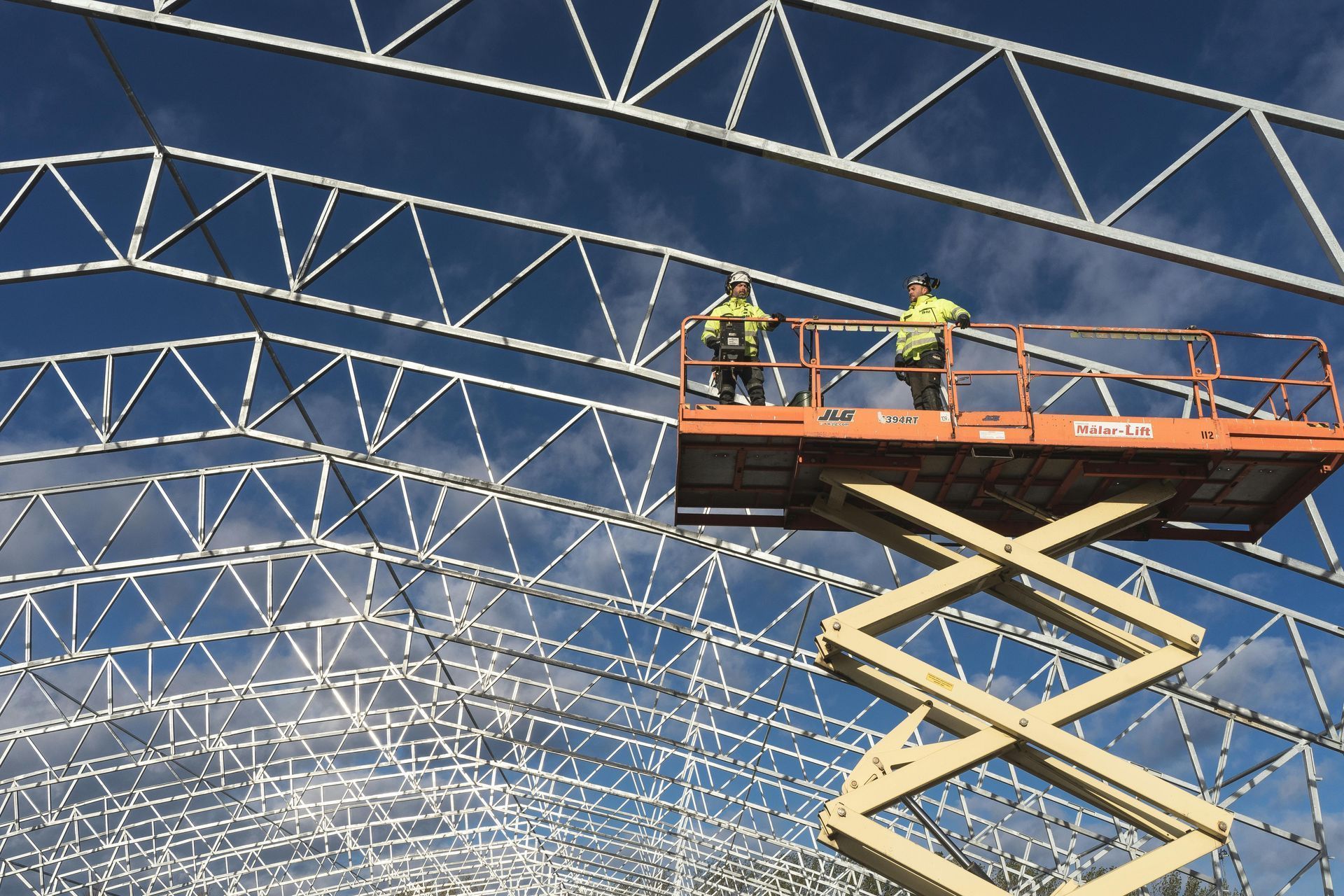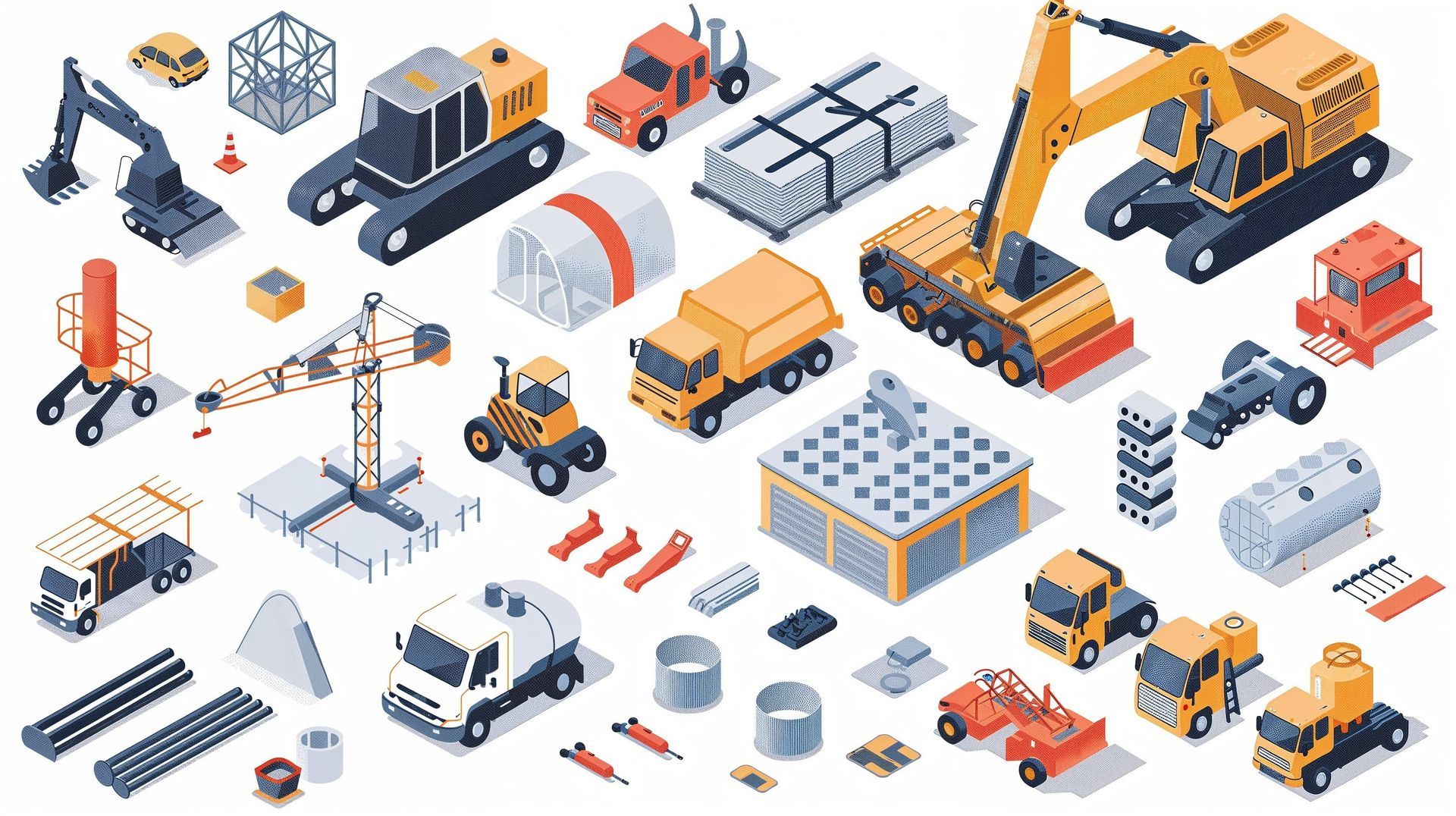The Importance of Safety Training in Construction: Best Practices and Modern Approaches
Building a Safer Future: Enhancing Safety Training in Construction

In the construction industry, safety is paramount. With the inherent risks associated with construction sites, ensuring the safety of workers is not only a legal obligation but also a moral imperative. Proper safety training can significantly reduce accidents and injuries, promote a culture of safety, and enhance overall productivity. This comprehensive article explores the importance of safety training in construction, the best practices to follow, and modern approaches that are revolutionizing safety protocols.
The Significance of Safety Training in Construction
1. Protecting Workers' Lives
The primary objective of safety training is to protect the lives of construction workers. Construction sites are filled with potential hazards such as heavy machinery, heights, electrical wiring, and unstable structures. Without adequate training, workers are at a higher risk of accidents, some of which can be fatal. Safety training equips workers with the knowledge and skills to identify and mitigate these risks.
2. Legal Compliance
Governments and regulatory bodies have established strict safety regulations that construction companies must adhere to. Non-compliance can result in hefty fines, legal action, and damage to the company's reputation. Regular safety training ensures that all employees are aware of and adhere to these regulations, helping the company stay compliant and avoid legal issues.
3. Reducing Costs
Accidents on construction sites can lead to significant financial losses. Medical expenses, workers' compensation, legal fees, and project delays can all add up. Investing in safety training can reduce the likelihood of accidents, thereby minimizing these costs. Moreover, a safer work environment can lead to lower insurance premiums.
4. Enhancing Productivity
A safe work environment boosts worker morale and confidence, leading to increased productivity. Workers who feel safe are more likely to be engaged and motivated, which can positively impact the overall efficiency of the project. Safety training fosters a culture of safety, where employees look out for one another and work more cohesively.
5. Reputation and Trust
Construction companies that prioritize safety training earn a reputation for being responsible and caring employers. This not only helps in attracting and retaining skilled workers but also builds trust with clients and stakeholders. A strong safety record can be a significant competitive advantage in the industry.
Best Practices for Safety Training in Construction
1. Comprehensive Safety Orientation
Every new employee should undergo a thorough safety orientation before starting work on a construction site. This orientation should cover the basics of site safety, emergency procedures, personal protective equipment (PPE) usage, and specific hazards related to the site.
2. Regular Safety Meetings
Conducting regular safety meetings, often referred to as "toolbox talks," is essential. These meetings provide an opportunity to discuss ongoing safety issues, review incidents, and reinforce safe practices. They should be short, focused, and held at the start of each shift.
3. Use of PPE
Personal Protective Equipment (PPE) is a crucial aspect of construction safety. Training should emphasize the correct usage, maintenance, and limitations of PPE. Workers should understand the importance of wearing helmets, gloves, safety glasses, high-visibility clothing, and other necessary gear.
4. Hands-On Training
Classroom training is important, but hands-on training is equally crucial. Simulated scenarios and practical exercises help workers apply what they have learned in a controlled environment. This can include fire drills, equipment handling exercises, and fall protection training.
5. Continuous Learning
Safety training should not be a one-time event. Ongoing education and refresher courses are necessary to keep workers updated on new safety protocols, regulations, and technologies. Encourage employees to participate in additional training programs and certifications.
6. Incident Reporting and Analysis
Encourage a culture of reporting near-misses and incidents. Analyzing these reports helps identify patterns and underlying causes, leading to improved safety measures. Use these findings to update training programs and prevent future occurrences.
7. Leadership Commitment
Management should lead by example and demonstrate a strong commitment to safety. This includes participating in safety training sessions, adhering to safety protocols, and addressing safety concerns promptly. When leaders prioritize safety, it sets a standard for the entire organization.
Modern Approaches to Safety Training
1. Virtual Reality (VR) Training
Virtual Reality (VR) is transforming safety training in construction. VR simulations provide immersive, realistic training experiences without exposing workers to actual risks. Trainees can navigate virtual construction sites, identify hazards, and practice safe responses. This technology is particularly effective for training in high-risk scenarios, such as working at heights or handling heavy machinery.
2. Mobile Training Apps
Mobile apps offer convenient, on-the-go access to safety training materials. Workers can complete training modules, watch instructional videos, and take quizzes directly on their smartphones. Apps can also send reminders for refresher courses and track individual progress.
3. E-Learning Platforms
E-learning platforms provide a flexible and scalable solution for safety training. Companies can develop customized training programs that employees can complete at their own pace. Interactive content, such as videos, quizzes, and gamified elements, enhance engagement and retention.
4. Wearable Technology
Wearable technology, such as smart helmets and safety vests, can monitor workers' health and safety in real-time. These devices can detect fatigue, monitor vital signs, and alert workers to potential hazards. Data collected from wearables can be used to improve safety protocols and training programs.
5. Drones for Site Inspections
Drones are increasingly being used for site inspections and safety audits. They can access hard-to-reach areas, capture high-resolution images, and provide real-time data. This allows safety managers to identify hazards and assess site conditions without putting workers at risk.
Overcoming Challenges in Safety Training
1. Resistance to Change
Some workers may resist new safety protocols or training methods. To overcome this, involve employees in the development of training programs and explain the benefits of new approaches. Encourage feedback and address concerns promptly.
2. Language Barriers
In multicultural workforces, language barriers can hinder effective safety training. Provide training materials in multiple languages and use visual aids to ensure comprehension. Consider hiring bilingual trainers to bridge communication gaps.
3. Keeping Training Engaging
Traditional safety training can sometimes be dry and unengaging. Incorporate interactive elements, such as hands-on exercises, simulations, and gamified learning, to keep workers engaged. Use real-life examples and case studies to illustrate key points.
4. Measuring Effectiveness
It's essential to measure the effectiveness of safety training programs. Use metrics such as incident rates, near-miss reports, and employee feedback to assess the impact of training. Continuously refine and improve training based on these insights.
Case Studies: Successful Safety Training Programs
1. Skanska's Safety Week
Skanska, a leading construction company, organizes an annual Safety Week to reinforce the importance of safety. During this week, all construction sites hold safety-focused activities, including workshops, demonstrations, and competitions. The initiative has significantly reduced accident rates and improved safety culture within the company.
2. Turner Construction's Safety Stand-Downs
Turner Construction conducts regular Safety Stand-Downs, where work is paused to focus on safety education and awareness. These events involve presentations, discussions, and interactive exercises. The company also uses VR simulations to enhance training effectiveness.
3. Bechtel's Zero Incident Program
Bechtel's Zero Incident Program aims to eliminate all incidents and injuries. The program includes comprehensive training, regular audits, and a strong emphasis on reporting and learning from near-misses. Bechtel's commitment to safety has resulted in impressive improvements in safety performance.
The Future of Safety Training in Construction
As technology continues to advance, the future of safety training in construction looks promising. Here are some emerging trends:
1. Artificial Intelligence (AI)
AI-powered tools can analyze vast amounts of data to identify patterns and predict potential safety risks. AI can also customize training programs based on individual workers' needs and performance, ensuring personalized and effective learning.
2. Augmented Reality (AR)
AR technology can overlay digital information onto the physical environment, providing real-time safety guidance. For example, AR glasses can highlight hazards, display safety instructions, and guide workers through complex tasks.
3. Blockchain for Compliance Tracking
Blockchain technology can provide a secure and transparent way to track compliance with safety training and regulations. It ensures that training records are tamper-proof and easily accessible for audits and inspections.
4. Remote Training Solutions
Remote training solutions, such as webinars and online workshops, will become increasingly popular. These solutions allow companies to reach a broader audience and provide training to remote or distributed teams.
Conclusion
Safety training is a critical component of construction project management. By prioritizing safety training, construction companies can protect workers' lives, comply with regulations, reduce costs, enhance productivity, and build a strong reputation. Implementing best practices and embracing modern approaches, such as VR training and wearable technology, can further improve safety outcomes. As the industry continues to evolve, construction companies must remain committed to continuous learning and innovation in safety training.
#ConstructionSafety #SafetyTraining #ConstructionIndustry #ProjectManagement #VRTraining #WorkplaceSafety #SafetyCulture #ConstructionManagement #EHS #SafetyFirst










